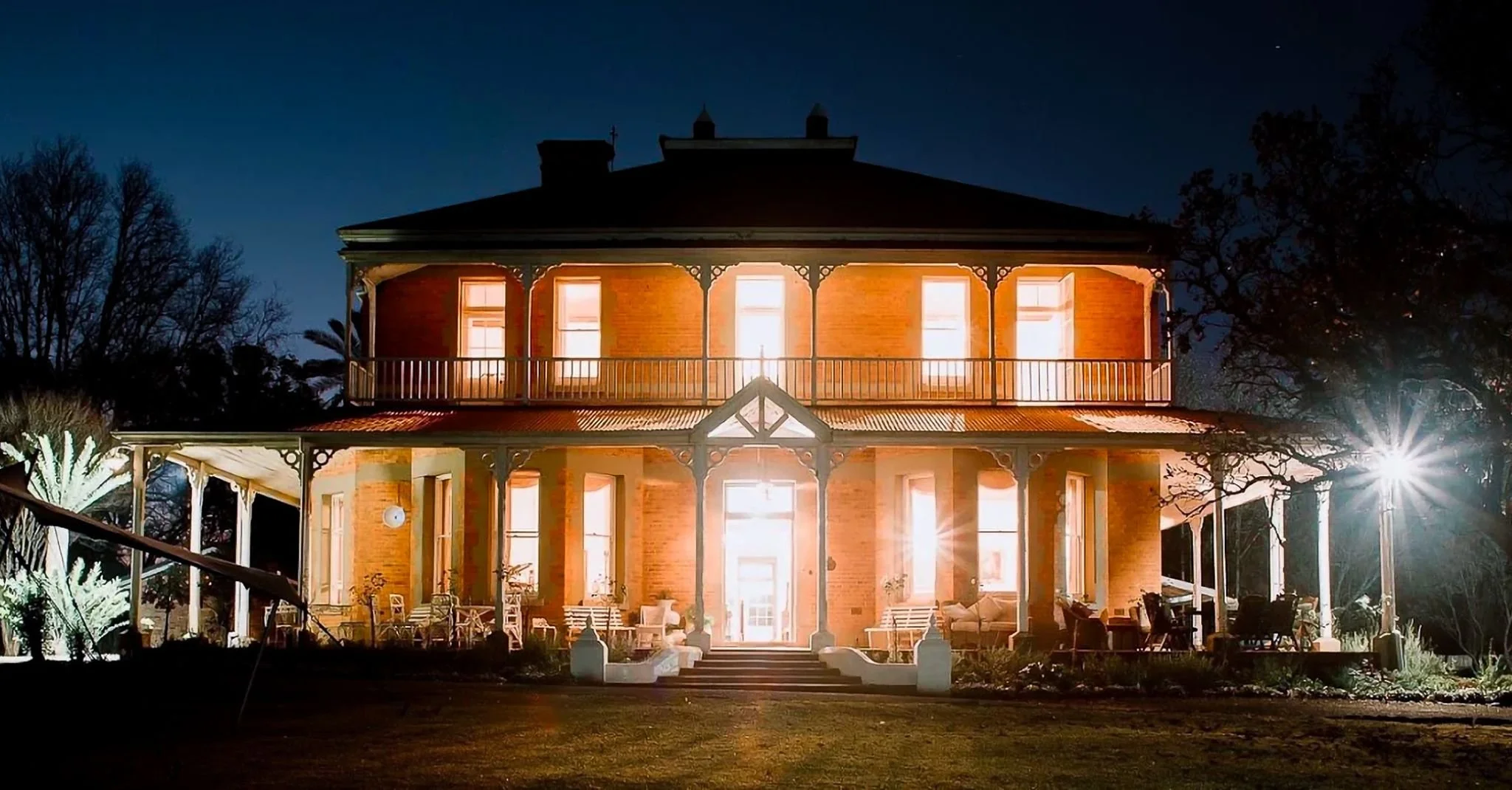We have a new home!
“True progress in agriculture is as much about preserving roots as it is about reaching toward the future.”
The Royal Agricultural Society of Natal (RAS) has purchased the historic Tweedie Hall in Howick as its new base of operations. This follows our announcement on September 11, 2025 that we will be using the 100-hectare grounds overlooking Midmar Dam as the venue for the Royal Agricultural Show’s 175th anniversary in 2026.
The signing of this deal on 2 October, 2025 sees the convergence of two histories that go back to the beginnings of commercial agriculture in the KwaZulu-Natal Midlands.
“Our family is delighted to see Tweedie Hall become the new home of the RAS," said David Marshall, fourth-generation owner of Tweedie Hall. “This sale brings together two histories spanning more than 150 years, united by a shared commitment to agricultural progress.”
Wayne Muller, RAS General Manager, said: “Tweedie Hall has a proud agricultural legacy. Its rich history and expansive grounds are a good fit for the RAS, and will enable us to support and exhibit the best of KwaZulu-Natal and South Africa's agriculture and related commerce and industry, in a setting that resonates deeply with our mission.”
This handover, bridging generations of quiet dedication, underscores the enduring weight of local history, and is a reminder that true progress in agriculture is as much about preserving roots as it is about reaching toward the future.
Both entities have extensive agricultural backgrounds in the area. The RAS was founded in 1851 in Pietermaritzburg and has had its base of operations there for 174 years. The Royal Showgrounds became a landmark for generations of farmers and families who attended the iconic annual Royal Show there. In 2024, the RAS sold the grounds, when it made the strategic decision to focus more intently on agriculture.
The Tweedie Hall farm was originally purchased in 1868 by newlyweds James and Eliza Morton, who were pioneering farmers in the Natal Colony. From a Scottish farming background, James Morton became known for introducing the mowing and threshing machine to Natal, in 1870; for building the region’s first silo in 1874 (a vital contribution in an area that relies on winter feed for livestock); and for establishing in Natal the concept of ring-fenced areas for rotational grazing. He is said to have imported the first Clydesdale stallion to the province, as well as Merino rams from Australia to strengthen South Africa’s wool industry. Wool from Tweedie Hall was exhibited at the Exhibition of South African Products in London, in February 1907.
The beautiful double-storey, red-brick Tweedie Hall homestead itself was designed in 1890 by the prominent Victorian/Edwardian architect William Street-Wilson, who was also responsible for designing both Pietermaritzburg city halls: the original one that burnt down in 1898 and the present red-brick building in the Pietermaritzburg city centre — the largest all-brick building in the Southern Hemisphere.
A listed KwaZulu-Natal heritage site, Tweedie Hall is a fine example of a late 19th-century Victorian double-storey, with pyramidal shaped roof, sash windows, and front and side verandas and upper-floor balcony supported by elegant timber posts, with decorative friezes and brackets.
“We wish the RAS every success in their new home as they continue to add value to the vital role of agriculture in KwaZulu-Natal and food security across South Africa,” said Marshall.
Tweedie Hall is located in the Lions River district, near Howick, and is easily accessible from the N3. Traveling North, take the R107 turn-off to Tweedie just after Howick, then go left ~1.2 km to a T-junction. Go left another ~400m to the turn off to Tweedie Hall on the right.
The 2026 Royal Agricultural Show — a pivotal event marking the Society's 175th anniversary — will take place at Tweedie Hall from 29 May to 3 June, 2026.
The RAS will reveal more details on programming and exhibitions at Tweedie Hall as preparations advance.


